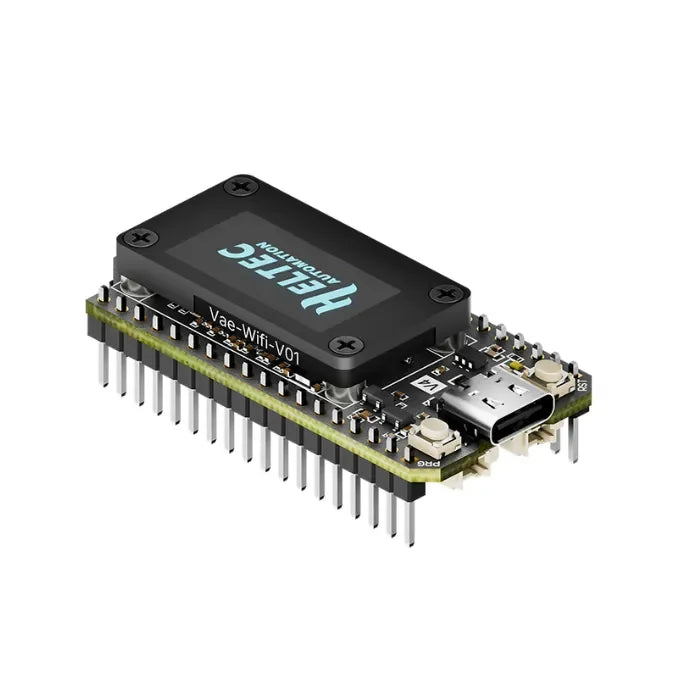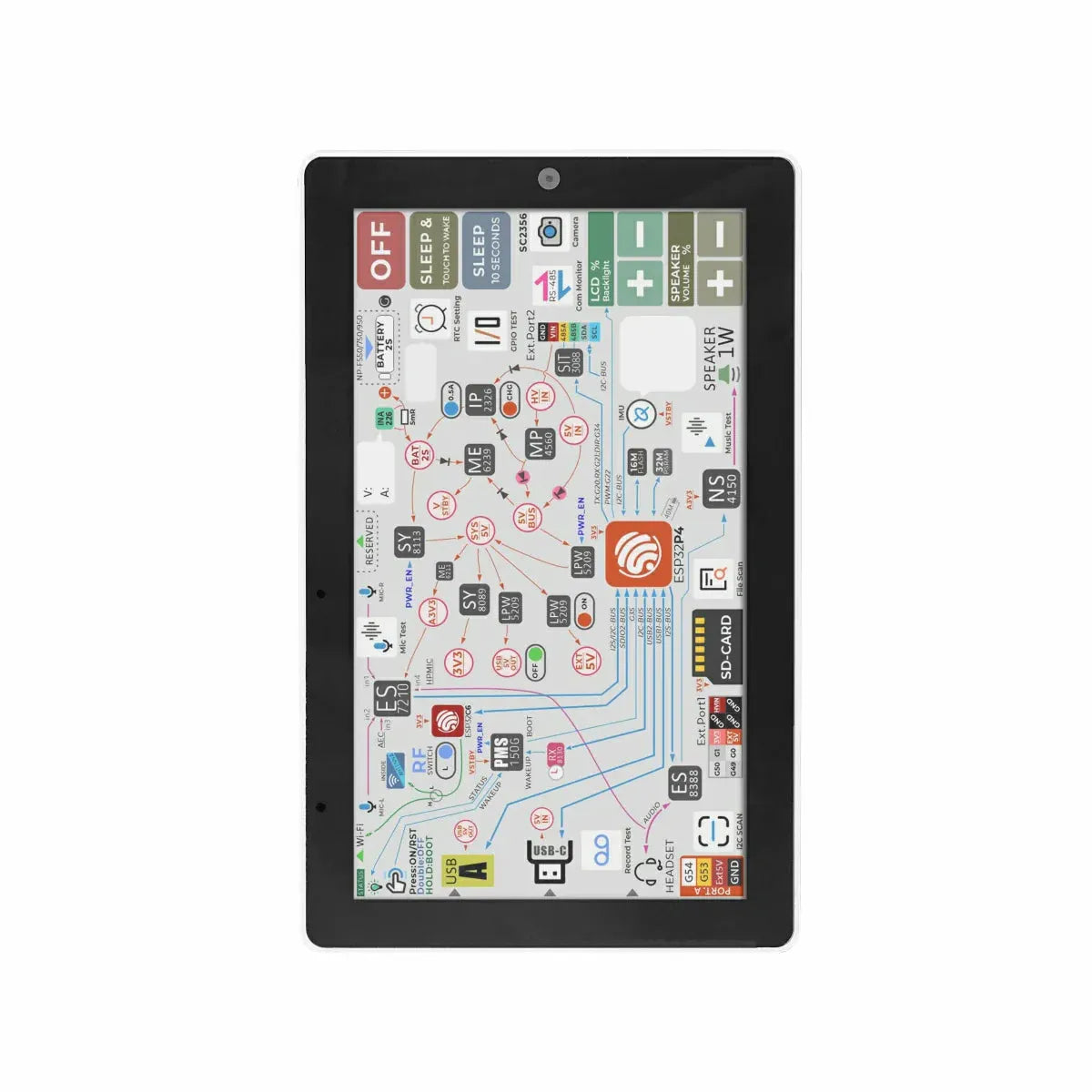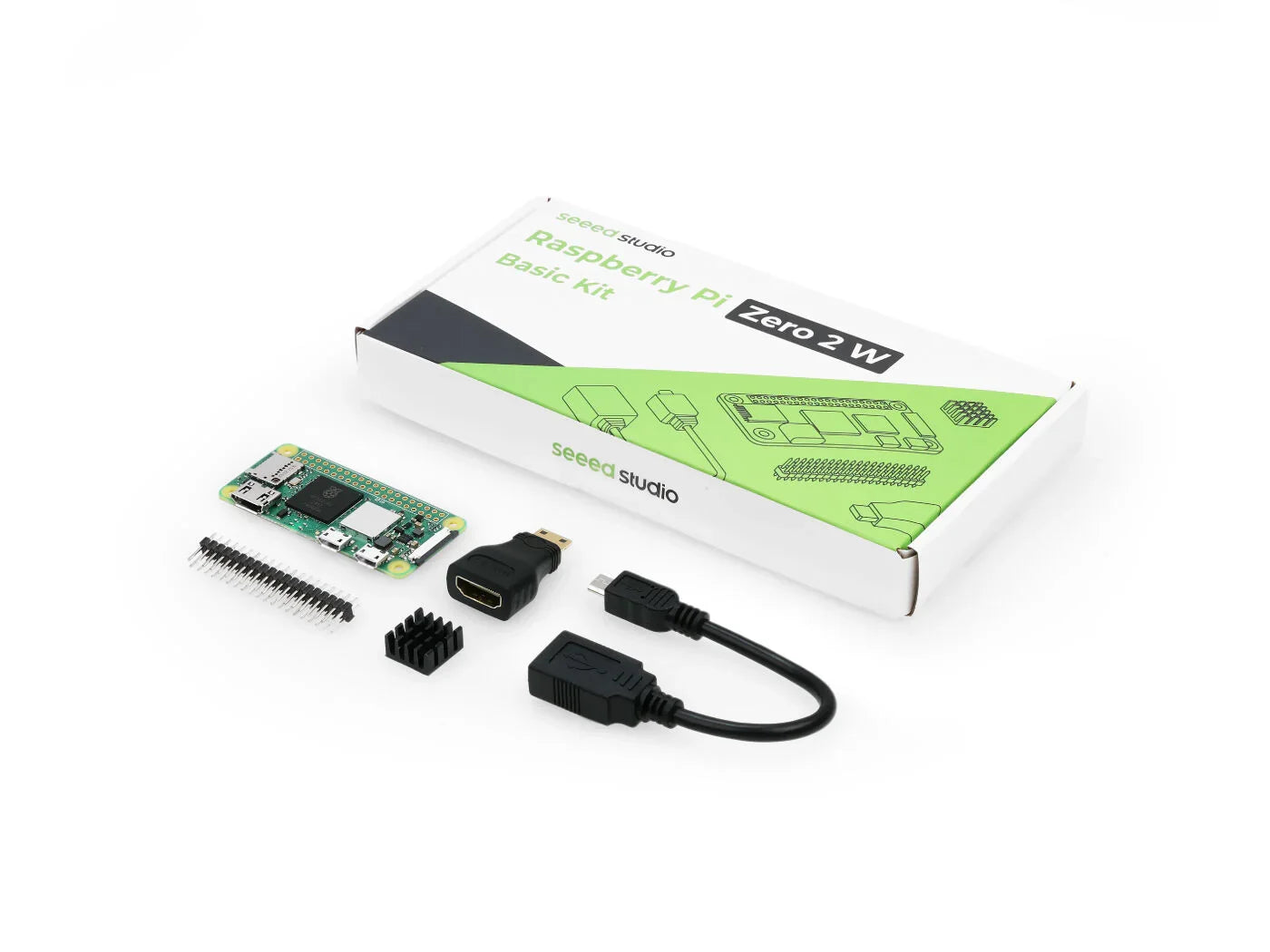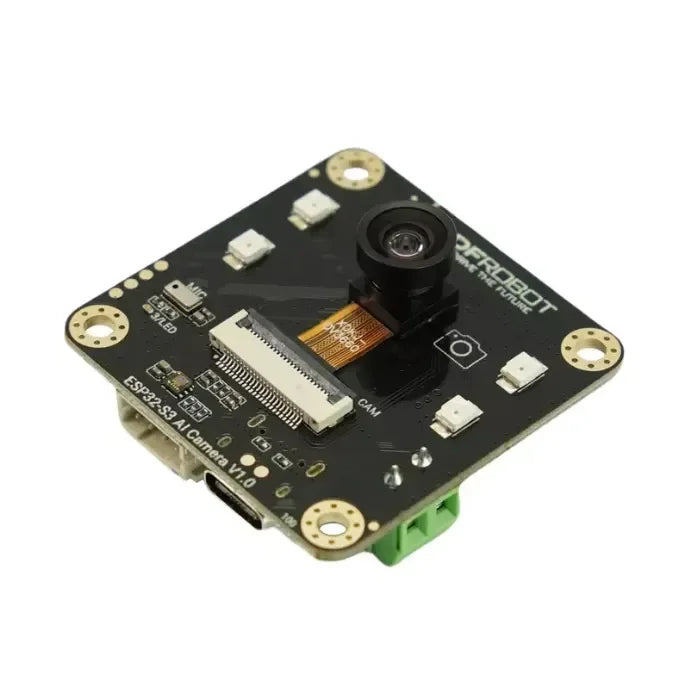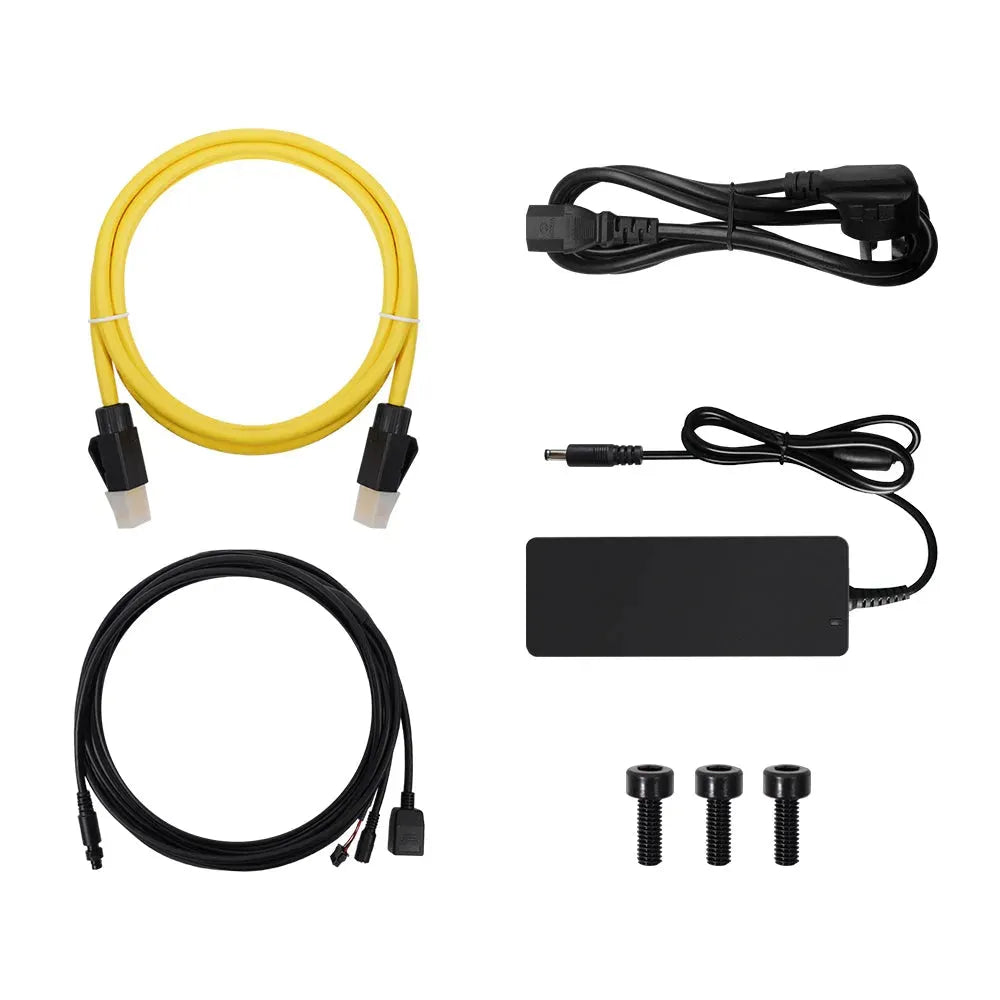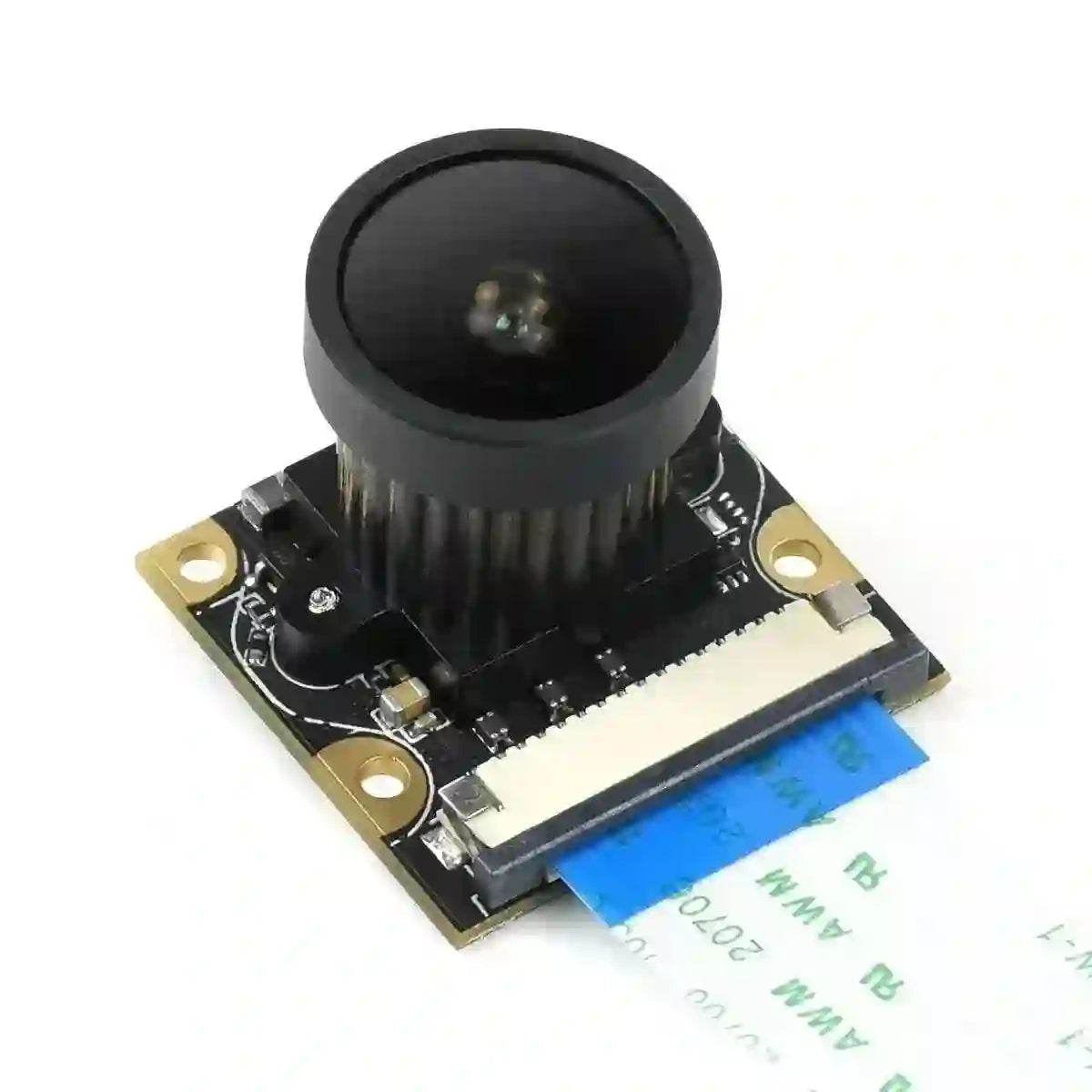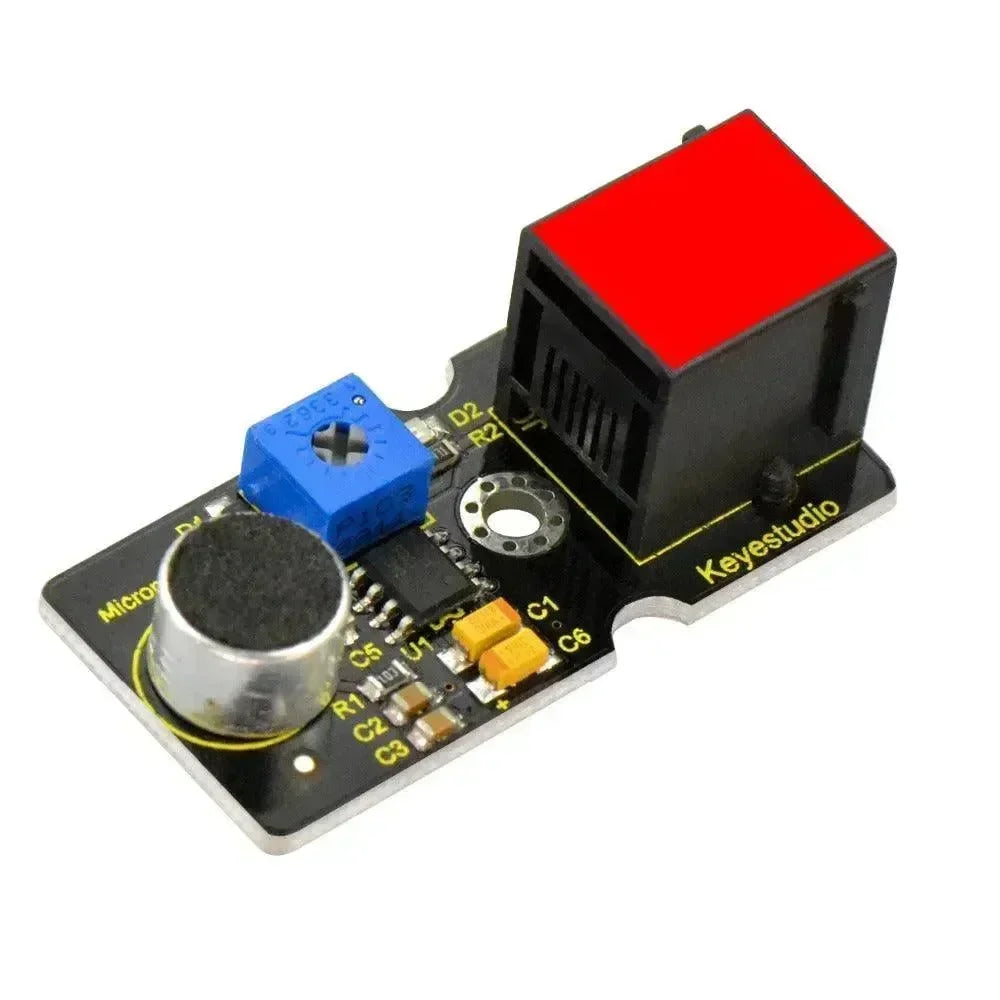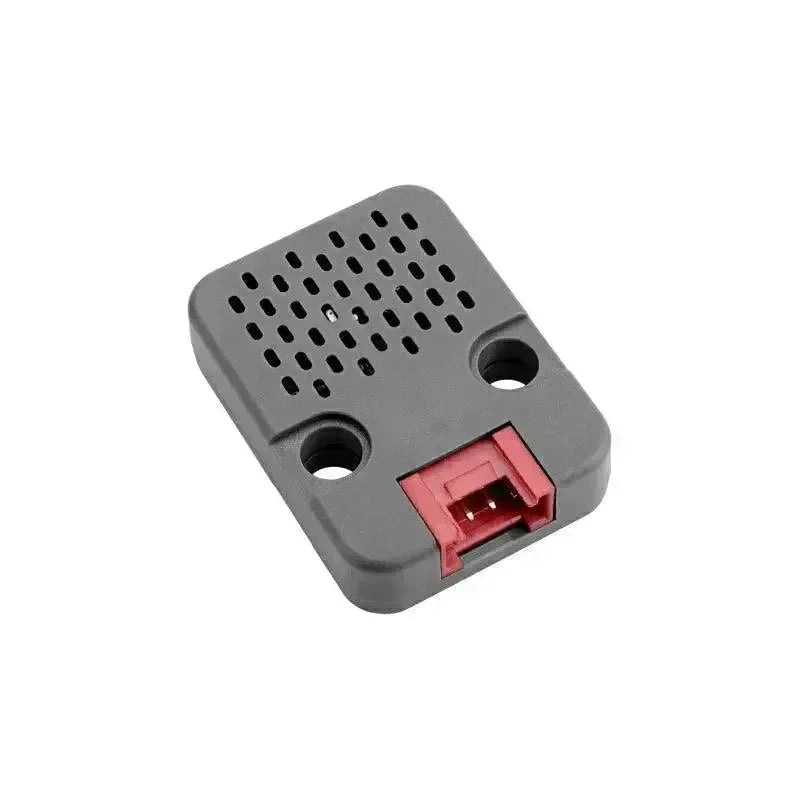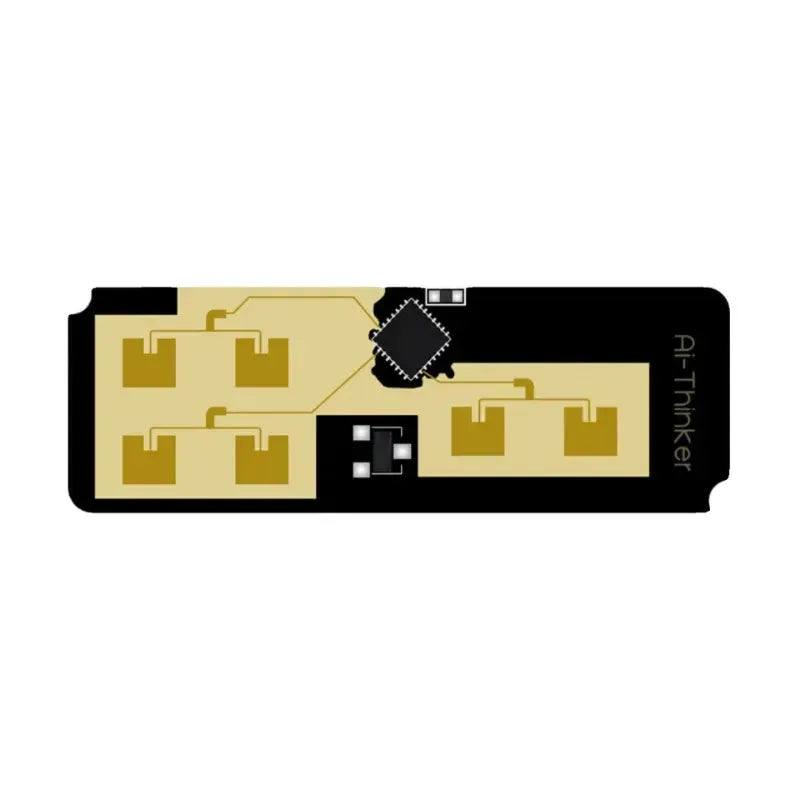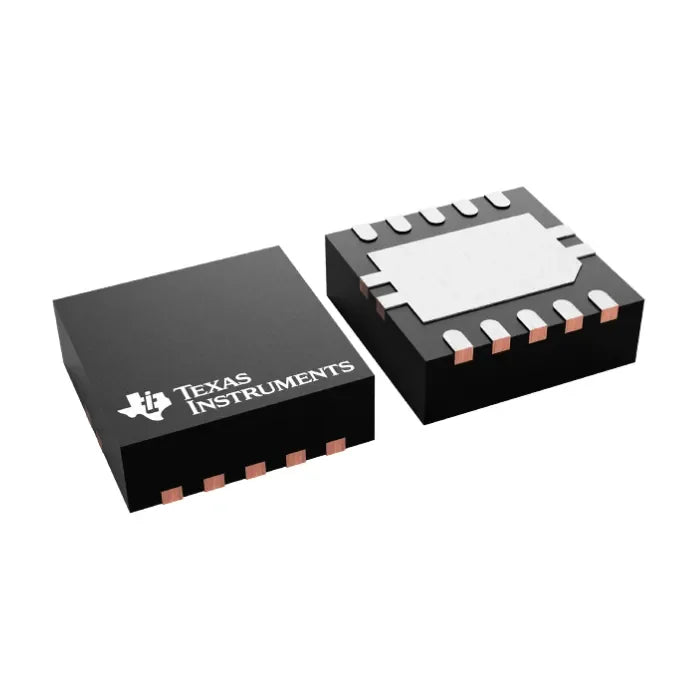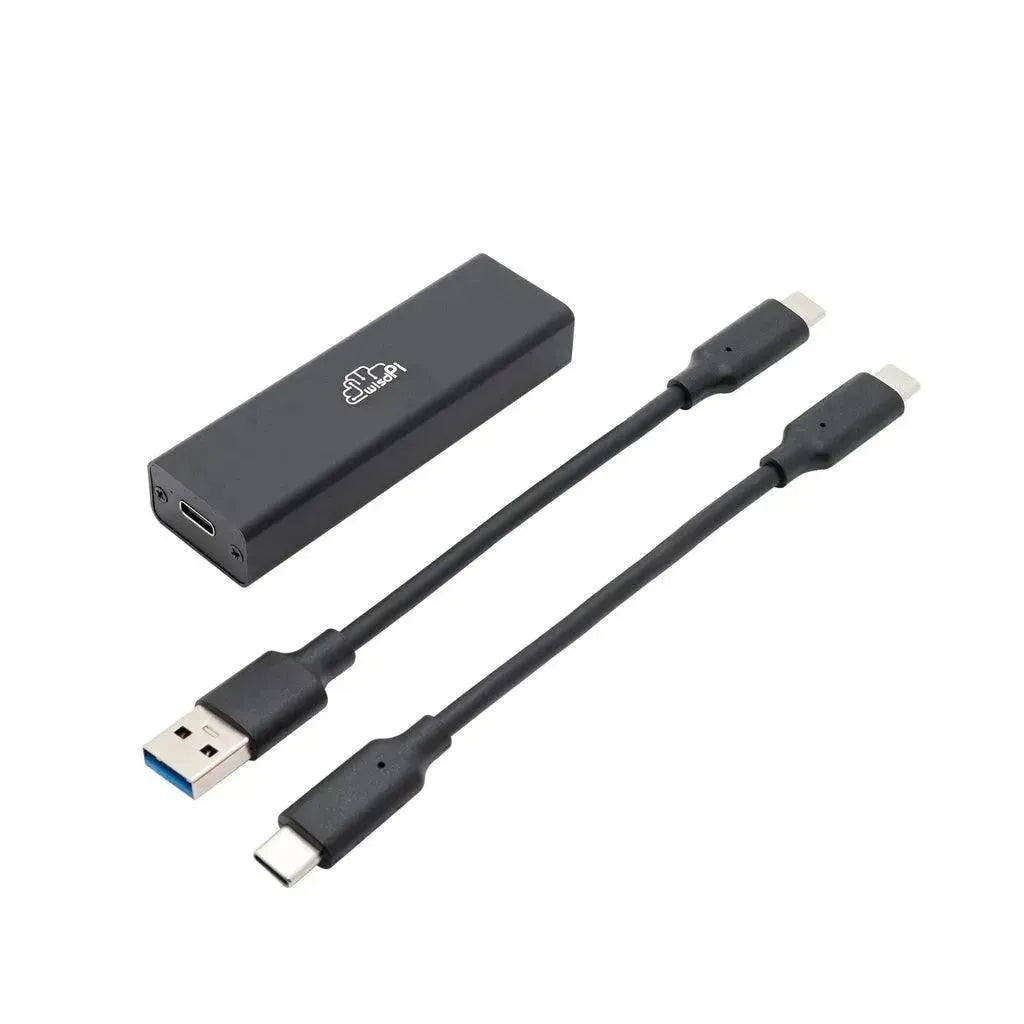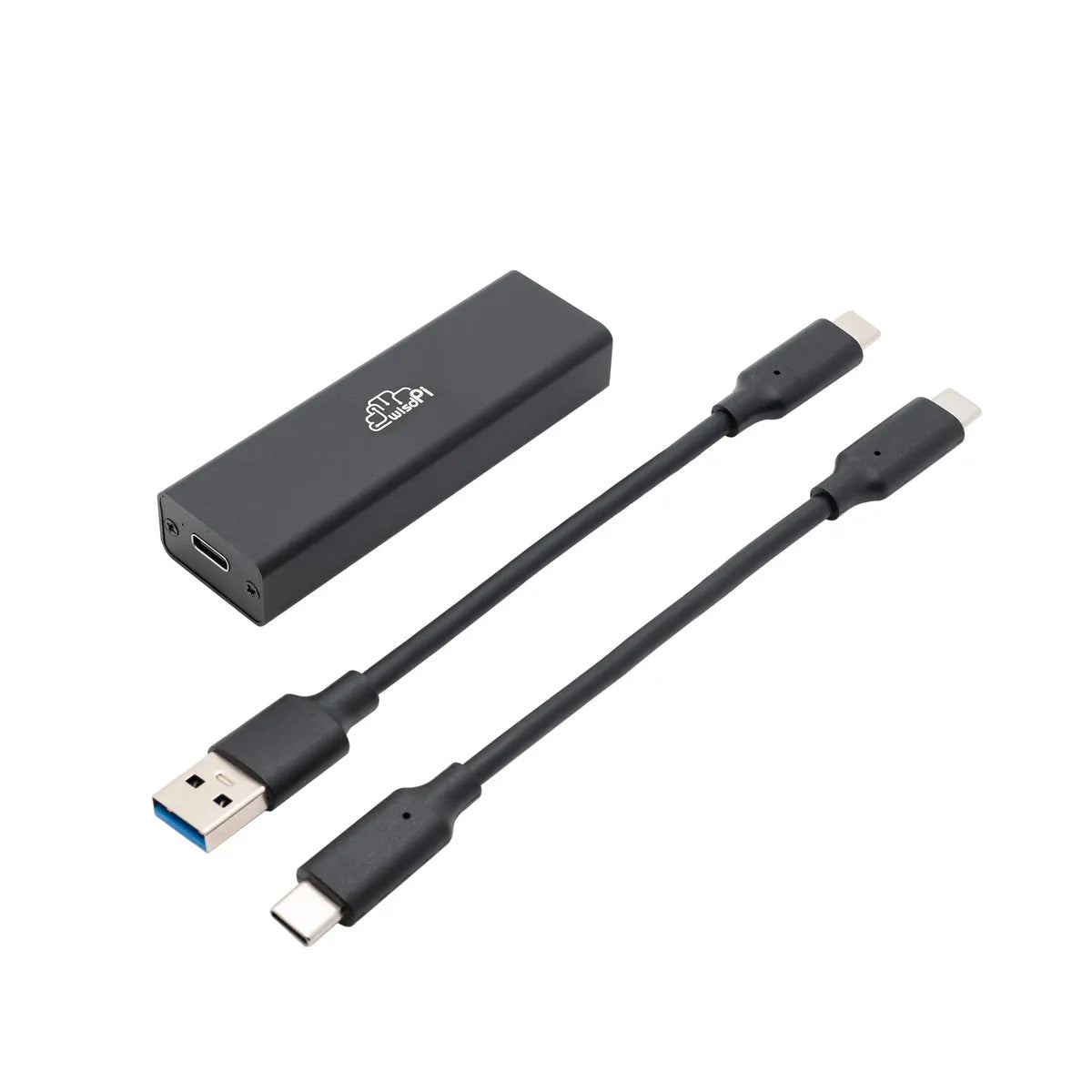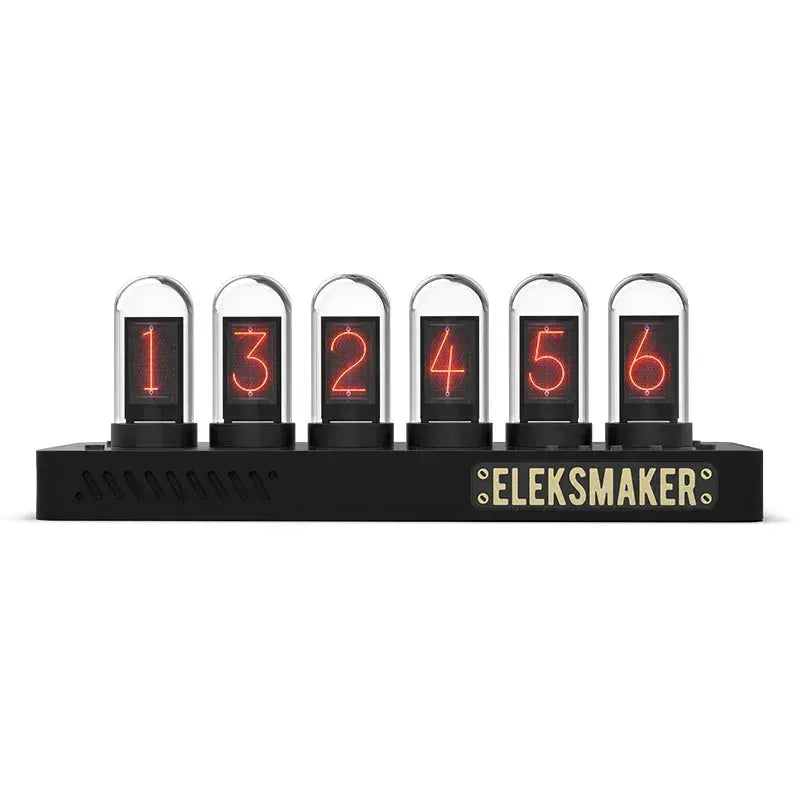Las opciones de configuración para los canales incluyen Índice, Roles y Configuraciones. La configuración del canal utiliza un mensaje de administrador que envía un protobuf Channel, que contiene un protobuf ChannelSettings o ModuleSettings.
Nota: Configuración de Canal (descrita en esta página) no debe confundirse con la Configuración Preestablecida del Módem.
Configuración Preestablecida del Módem consiste en la configuración del módem, incluyendo ajustes de frecuencia, factor de expansión, ancho de banda y más, aplicables a la radio LoRa. Estas configuraciones son consistentes en todos los canales y no pueden ser únicas para canales individuales.
En contraste, Configuración de Canal proporciona información para organizar grupos de mensajes, habilitar cifrado opcional y permitir o prohibir el envío de mensajes a través de pasarelas de internet. Estas configuraciones son únicas y configurables para cada canal.
Valores de Configuración del Canal
Índice
El índice no puede ser modificado.
| Índice | Canal | Rol Predeterminado | Propósito |
| 0 | 1 | PRIMARIO | Usado como canal predeterminado |
| 1 | 2 | DESHABILITADO | Definido por el usuario |
| 2 | 3 | DESHABILITADO | Definido por el usuario |
| 3 | 4 | DESHABILITADO | Definido por el usuario |
| 4 | 5 | DESHABILITADO | Definido por el usuario |
| 5 | 6 | DESHABILITADO | Definido por el usuario |
| 6 | 7 | DESHABILITADO | Definido por el usuario |
| 7 | 8 | DESHABILITADO | Definido por el usuario |
NOTA: No puede haber canales DESHABILITADOS colocados entre canales activos como PRIMARIO y SECUNDARIO. Los canales activos deben estar en orden consecutivo.
Rol
A cada canal se le asigna uno de tres roles:
-
PRIMARIO (1) Este es el primer canal creado durante la configuración inicial. Solo puede existir un canal primario y no puede ser deshabilitado. Las transmisiones periódicas, como posición y telemetría, se envían exclusivamente a través de este canal.
-
SECUNDARIO (2) Este canal puede modificar la clave de cifrado (PSK).
-
DESHABILITADO (0) El canal ya no está disponible para su uso y sus configuraciones se restablecen a los valores predeterminados.
NOTA: Aunque puede usar un canal PRIMARIO diferente y comunicarse a través de canales SECUNDARIOS con el mismo nombre y PSK, el hash del nombre del canal PRIMARIO define la ranura de frecuencia LoRa. Esta ranura de frecuencia determina la frecuencia real de transmisión dentro de la banda. Para asegurar que los dispositivos con diferentes nombres de canal PRIMARIO transmitan en la misma frecuencia, debe establecer explícitamente la ranura de frecuencia LoRa.
Parámetros de Configuración del Canal
Las opciones de Configuración del Canal incluyen: Nombre, PSK, Downlink Habilitado y Uplink Habilitado. Estas configuraciones del canal están encapsuladas dentro del Canal protobuf como un ChannelSettings protobuf y se transmiten como un mensaje de administrador.
nombres de canal
Un identificador corto para el canal. (< 12 bytes)
| Nombre reservado | Propósito |
| "" (predeterminado) | Si se deja vacío en el canal primario, esto designa el canal predeterminado. |
| admin | En canales secundarios, el nombre admin (sensible a mayúsculas) designa el canal admin usado para administrar nodos a través de la mesh. Ten en cuenta que esta es una función Legacy, consulta Remote Admin para más detalles. |
NOTA: Para comunicarse en el mismo canal con otros dispositivos, los nombres de canal coincidentes son esenciales. Por ejemplo, si tu dispositivo utiliza el nombre de canal LongFast, el dispositivo con el que deseas comunicarte también debe tener un canal llamado LongFast.
PSK
La clave de cifrado usada para canales privados puede especificarse de la siguiente manera: puede ser de 0 bytes (sin cifrado), 16 bytes (AES128) o 32 bytes (AES256). El canal predeterminado primario utiliza el byte hexadecimal 0x01.
Nota: Las PSKs coincidentes son necesarias para la comunicación en el mismo canal con otros dispositivos. Por ejemplo, si tu dispositivo usa un canal con la PSK predeterminada AQ==, el dispositivo con el que deseas comunicarte también debe tener un canal con la misma PSK.
Downlink habilitado
Si está habilitado, los mensajes capturados desde una puerta de enlace de internet pública se reenviarán a la mesh local. Por defecto, esta configuración está desactivada para todos los canales.
Uplink habilitado
Si está habilitado, los mensajes de la mesh se transmitirán a la internet pública a través de la puerta de enlace configurada en cualquier nodo. Esta configuración está desactivada por defecto para todos los canales.
Configuración de canal
Las opciones de configuración del módulo de canal incluyen precisión de posición. Estas configuraciones se incorporan en el protobuf de Canal como un ModuleSettings protobuf y se envían como un mensaje de administrador.
Precisión de la posición
La configuración de position_precision te permite controlar el nivel de precisión de los datos de ubicación transmitidos por un canal específico. Esto puede ser importante para la privacidad, ya que puede ser necesario ocultar la ubicación exacta al enviar datos de posición por ciertos canales.
El valor de position_precision es un entero que varía de 0 a 32:
-
Un valor de 0 indica que los datos de ubicación nunca se envían a través del canal dado.
-
Un valor de 32 significa que los datos de ubicación se envían con precisión total.
-
Los valores intermedios representan el número de bits de precisión que se enviarán, correspondiendo a una precisión de posición específica detallada en la tabla a continuación.
-
Ten en cuenta que el servidor MQTT público filtra las posiciones precisas.
Las aplicaciones cliente ofrecen varios niveles de precisión, permitiendo a los usuarios elegir dentro de un rango práctico. Puedes establecer valores en todo el rango de enteros usando el Python CLI. Para ejemplos sobre cómo establecer diferentes niveles de precisión usando el CLI, consulta Configuración de la Precisión de Posición.
| Bits de precisión | Métrico | Imperial |
| 10 | 23.3 km | 14.5 millas |
| 11 | 11.7 km | 7.3 millas |
| 12 | 5.8 km | 3.6 millas |
| 13 | 2.9 km | 1.8 millas |
| 14 | 1.5 km | 4787 pies |
| 15 | 729 m | 2392 pies |
| 16 | 364 m | 1194 pies |
| 17 | 182 m | 597 pies |
| 18 | 91 m | 299 pies |
| 19 | 45 m | 148 pies |
Disponibilidad de Configuración del Cliente de Canal
Android
Las opciones de Configuración de Canal están disponibles en Android.

La pestaña de Configuración de Radio está disponible para tareas comunes, incluyendo:
-
Ver el código QR y la URL de la configuración actual de su canal.
-
Crear o modificar rápidamente su canal principal.
-
Seleccionar un preset de módem para todos sus canales, como Long Range o Fast.
Para instrucciones adicionales sobre cómo configurar su canal principal, consulte la sección Uso de la aplicación Android.

Toque "Editar" para acceder al Menú Canal, donde puede:
-
Agregar, eliminar o modificar canales secundarios.
-
Crear o modificar claves de cifrado.
-
Habilitar uplink y downlink para canales individuales.
-
Habilitar la configuración de posición.
-
Establecer ubicación precisa (si la posición está activada).
-
Ajustar la precisión de posición (si la ubicación precisa está desactivada).
Apple
Un editor de canales está accesible en las aplicaciones para iOS, iPadOS y macOS bajo Configuración > Configuración de radio > Canales.
CLI
Consejo: Como el dispositivo se reiniciará después de enviar cada comando vía CLI, se recomienda encadenar los comandos en uno solo al establecer múltiples valores en una sección de configuración. Ejemplo:
| meshtastic --ch-set name "My Channel" --ch-set psk random --ch-set uplink_enabled true --ch-index 4 |
Todas las opciones de configuración de canal están disponibles en el CLI de Python. A continuación se proporcionan comandos de ejemplo:
Nombre
Establecer nombre del canal para el canal PRINCIPAL
|
# sin espacios |
PSK
Si usas Meshtastic para intercambiar mensajes que no quieres que otros vean, deberías usar la configuración random. Elegir default o cualquiera de los valores simple de la siguiente tabla utilizará claves de cifrado conocidas públicamente. Estas claves están incluidas en el código fuente de Meshtastic, lo que hace posible que cualquiera intercepte mensajes cifrados con ellas. Aunque son adecuadas para pruebas y canales públicos, no son seguras para comunicaciones privadas.
| Configuración | Comportamiento |
| none | Desactivar cifrado |
| default | Cifrado por defecto (usar la clave de cifrado débil) |
| random | Generar una clave de cifrado segura de 256 bits. Use esta configuración para comunicación privada. |
| simple0- simple254 | Usa una codificación de un solo byte para el cifrado |
-
Establecer cifrado por defecto en el canal PRIMARIO
| meshtastic --ch-set psk default --ch-index 0 |
-
Establecer cifrado aleatorio en el canal PRIMARIO
| meshtastic --ch-set psk random --ch-index 0 |
-
Establecer cifrado a un solo byte en el canal PRIMARIO
| meshtastic --ch-set psk simple15 --ch-index 0 |
-
Establecer cifrado con su propia clave en el canal PRIMARIO
| meshtastic --ch-set psk 0x1a1a1a1a2b2b2b2b1a1a1a1a2b2b2b2b1a1a1a1a2b2b2b2b1a1a1a1a2b2b2b2b --ch-index 0 |
-
Establecer cifrado con su propia clave en el canal PRIMARIO (codificada en Base64)
| meshtastic --ch-set psk base64:puavdd7vtYJh8NUVWgxbsoG2u9Sdqc54YvMLs+KNcMA= --ch-index 0 |
-
Desactivar cifrado en el canal PRIMARIO
| meshtastic --ch-set psk none --ch-index 0 |
NOTA: Utilice esto para copiar y pegar la clave codificada en base64 (canal único) del comando meshtastic --info. Por favor, evite usar el código omnibus (todos los canales) aquí, ya que no es una clave válida.
Enlace ascendente / enlace descendente
Para configurar gateways, por favor consulte MQTT
-
Habilitar/Deshabilitar Uplink en canal PRINCIPAL
| meshtastic --ch-set uplink_enabled true --ch-index 0 meshtastic --ch-set uplink_enabled false --ch-index 0 |
-
Habilitar/Deshabilitar Downlink en canal SECUNDARIO
| meshtastic --ch-set downlink_enabled true --ch-index 1 meshtastic --ch-set downlink_enabled false --ch-index 5 |
Configurando la Precisión de Posición
Esta es una configuración por canal. El parámetro --ch-index debe especificarse para establecer la precisión de posición para un canal específico, por ejemplo, --ch-index 0 para el canal principal o --ch-index 1 para el canal secundario 1.
-
Establecer la precisión de posición a 13 bits (aprox. ±3 km)
| meshtastic --ch-set module_settings.position_precision 13 --ch-index 0 |
-
Establecer la precisión de posición a precisión completa (32 bits)
| meshtastic --ch-set module_settings.position_precision 32 --ch-index 1 |
Web
Todas las opciones de configuración del Canal están accesibles en la Interfaz Web.
Código QR
El código QR de Meshtastic (QR code) (o URL del Canal) permite a los usuarios compartir rápidamente la configuración del canal y LoRa, simplificando el proceso de configurar múltiples nodos con ajustes de comunicación coincidentes. Escanear un código QR aplica todas las configuraciones de canal y ajustes de LoRa incluidos, así que asegúrese de revisar qué abarcan estas configuraciones antes de continuar. Solo escanee códigos QR de fuentes confiables.
Para más detalles, consulte:

